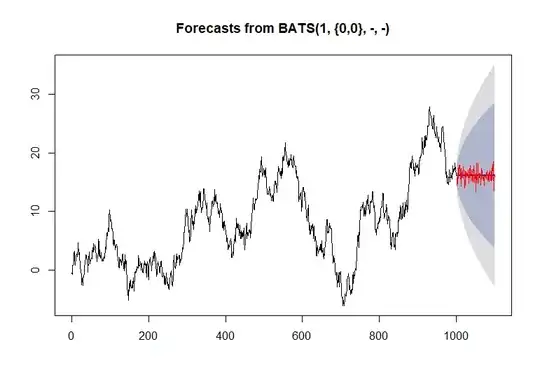Let $d\in\mathbb N$ and consider the Random Walk Metropolis-Hastings algorithm with a Gaussian proposal kernel $Q$ such that $Q(x,\;\cdot\;)=\mathcal N_d(x,\sigma^2_dI_d)$ for all $x\in\mathbb R^d$.
Intuitively, if $\sigma$ is too small, nearly all proposals will be accepted and the chain moves extremely slowly. On the other hand, if $\sigma$ is too large, the proposed moves will usually be far away from the current state and hence most proposals will be rejected.
With this in mind, it makes sense to model $\sigma_d$ as a decreasing function of $d$. We may set $\sigma_d=\ell/d^\alpha$ for some $\alpha\in[0,1]$. On page 6 (in the numbering of the paper) of his work, Roberts mentioned that the choice $\alpha=1/2$ is "optimal" (in which sense?).
How can we prove this rigorously?
Slide 18 of a presentation that I found, seems to be related, but I don't get how they conclude 